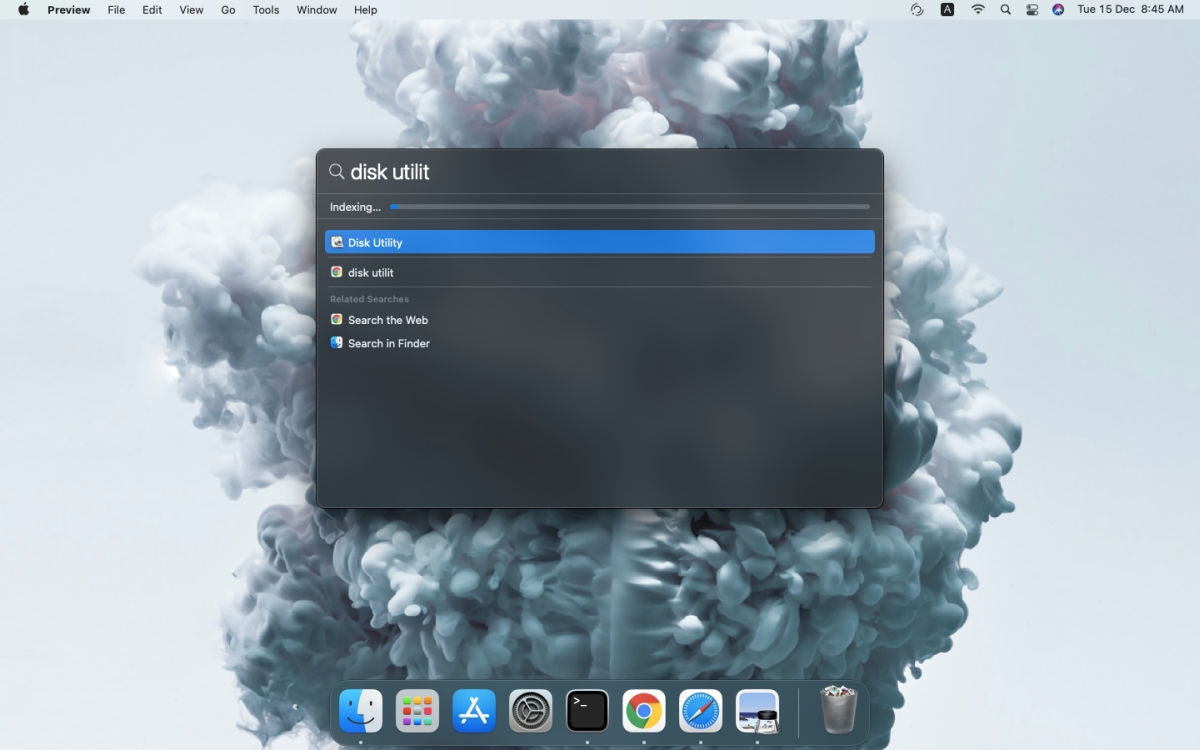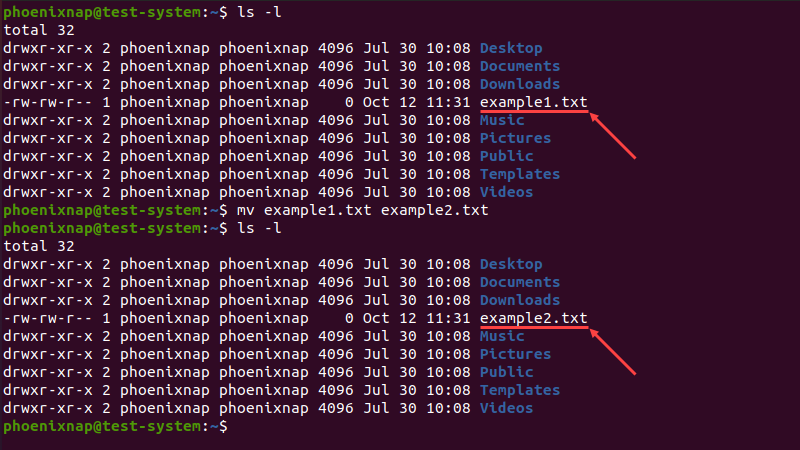

Under Common substitutions, check the Capitalization box, and All downcase.

Note our three files in the upper right-hand window. Navigate to the correct directory ( /home/mtravisrose/personal). For our last example, we will rename the files we capitalized in our previous example to lower-case again. You’ll see that you have many tabs and options for batch renaming your files, like Patterns, Substitutions, etc.
#How to rename files on mac linux install
# sudo apt install pyrenamer sudo apt install pyrenamerĪfter installation, start pyRenamer from the terminal. Let’s install one of my favorites, pyRenamer, and test it out. Besides, there are utilities such as Métamorphose2, KRename, pyRenamer, and many others that exist strictly for batch renaming files in the GUI. Provided you have the correct permissions, you can always rename your files via the GUI, using a file manager such as Thunar, Dolphin, or Nautilus. However, the mv command has been and will continue to be my ‘go to’ command for renaming files at the command line, unless batch renaming. There are a plethora of other commands that you can use to batch rename files, such as mmv, renameutils, qmv, qcp, imv, icp, and vimv. I highly recommend that you use the -n option (no action) to ‘test’ run the rename command before committing to it. However, the options and the Perl syntax required is sometimes confusing. We’ll also use the -v option once more so we can see what’s going on. In this example, we will capitalize the first letter of all the filenames. txt extension, but the -v option also let us know exactly the changes made. Not only did we successfully rename all our files back to the. # rename 's/\.txt$/.doc/' * # rename ‘s/\.txt$/.doc/’ *Īs you can see, the example was successful. Let’s use the basic syntax to rename the files in our ~/personal directory to rename all the.
#How to rename files on mac linux code


 0 kommentar(er)
0 kommentar(er)
